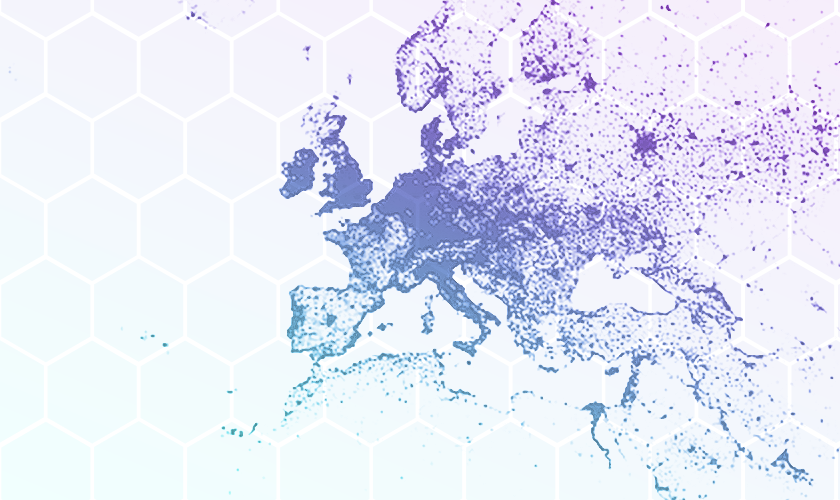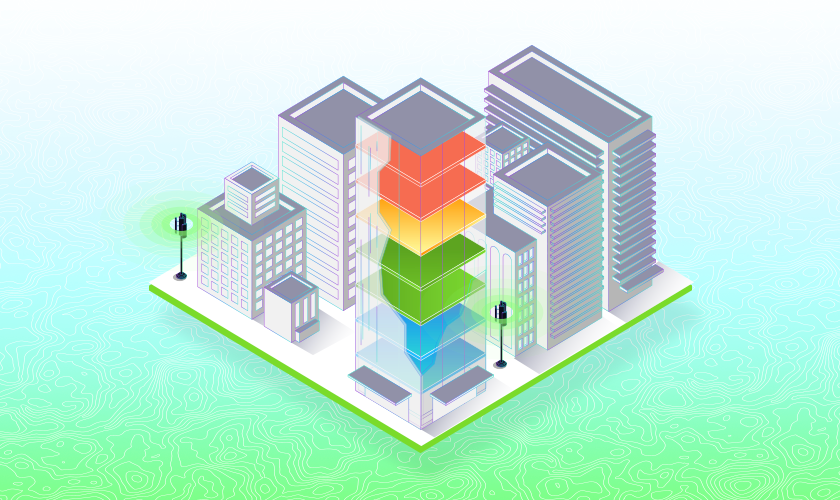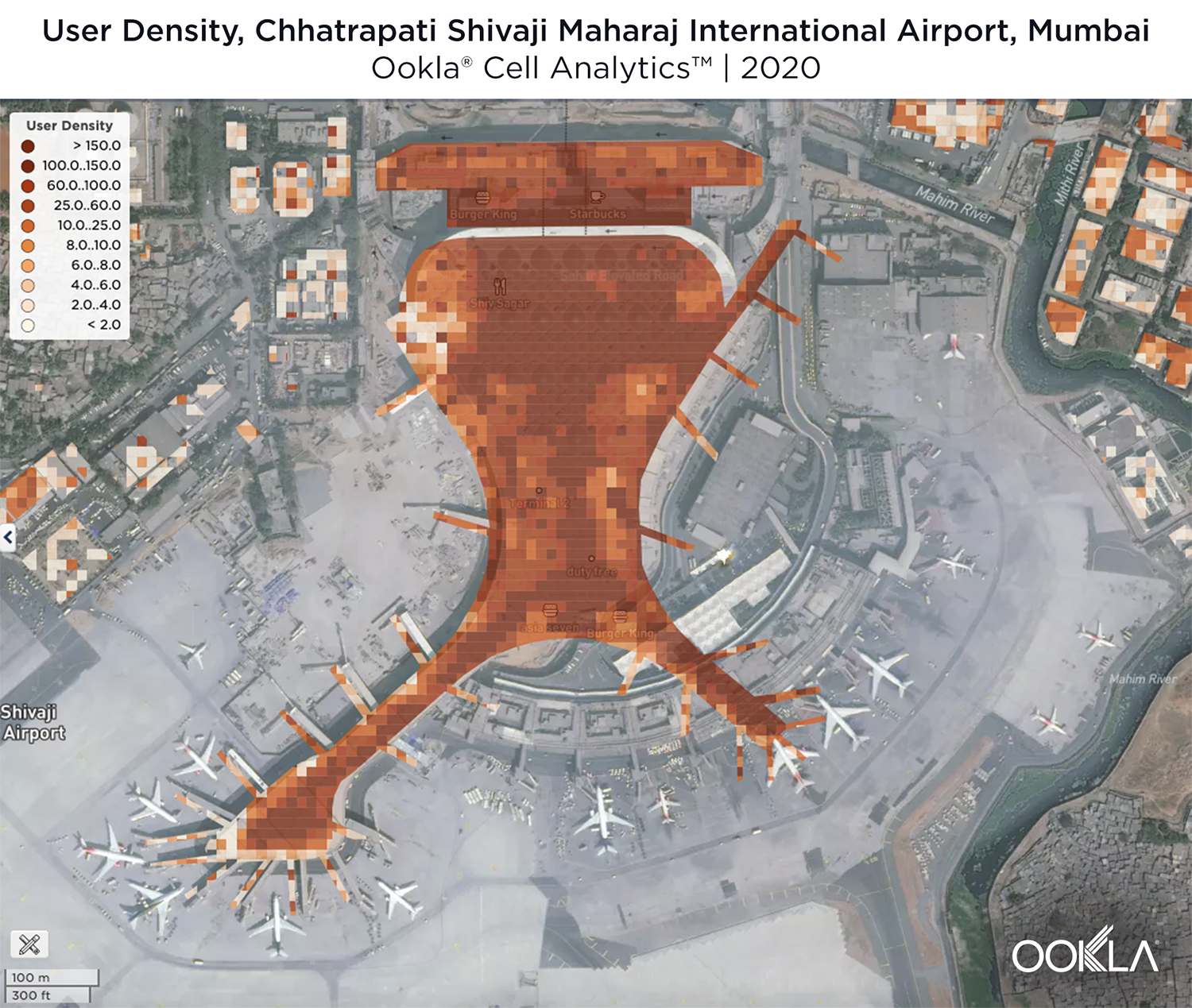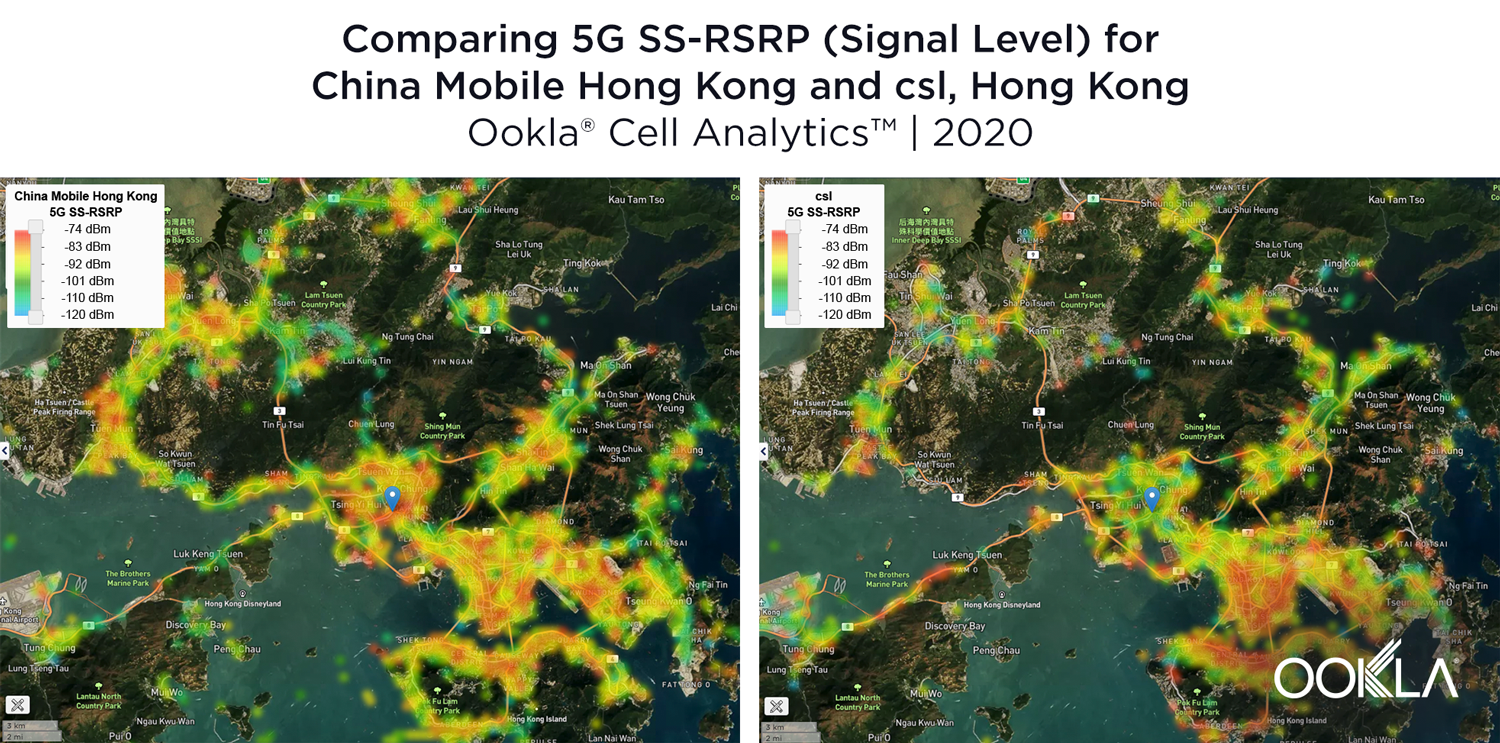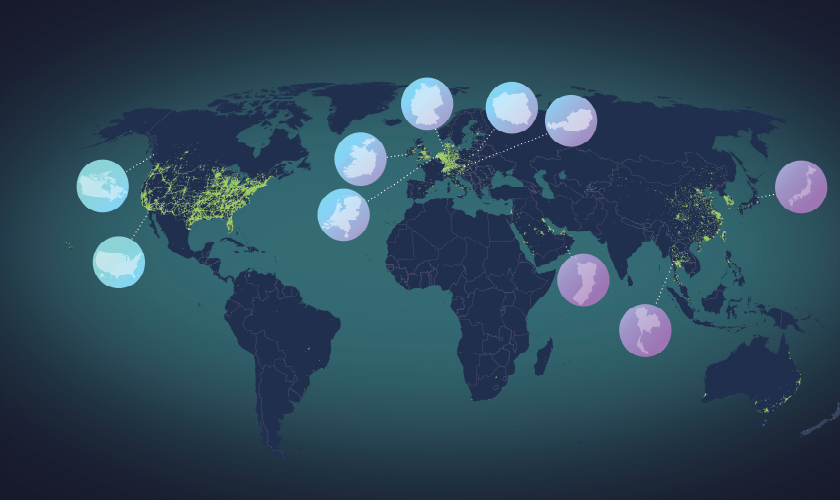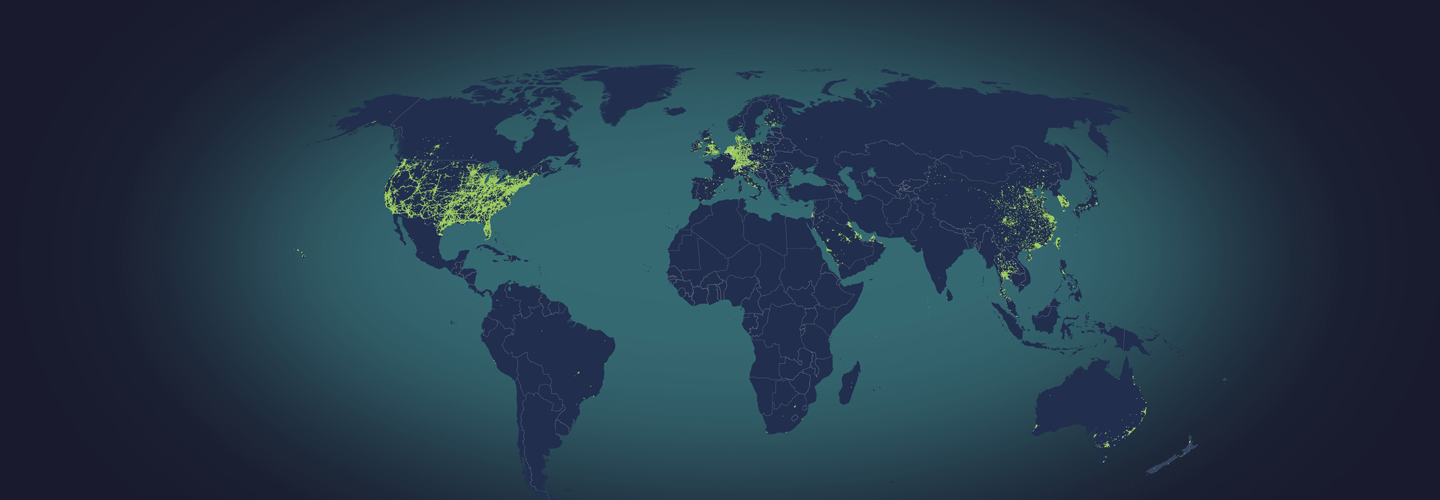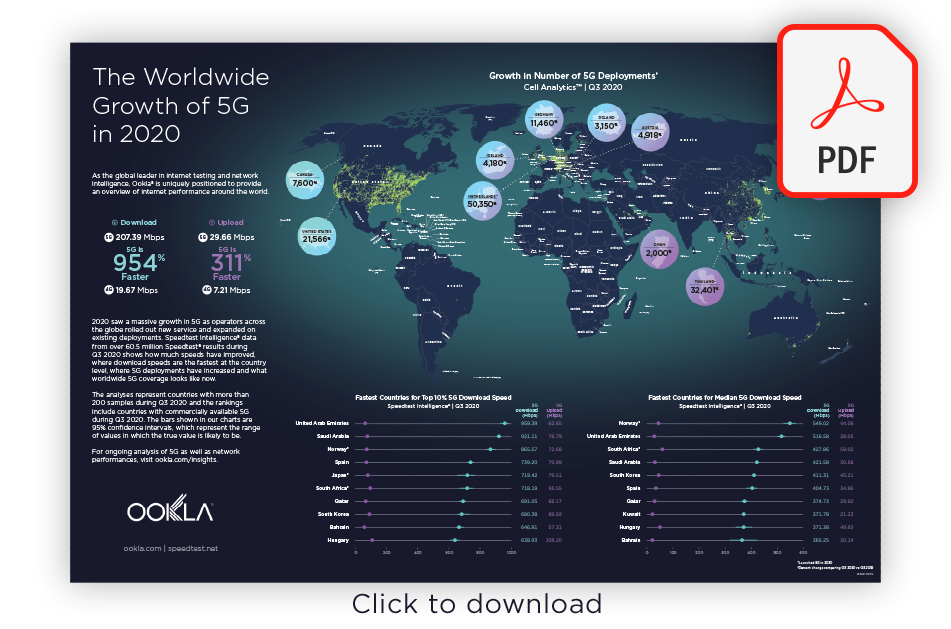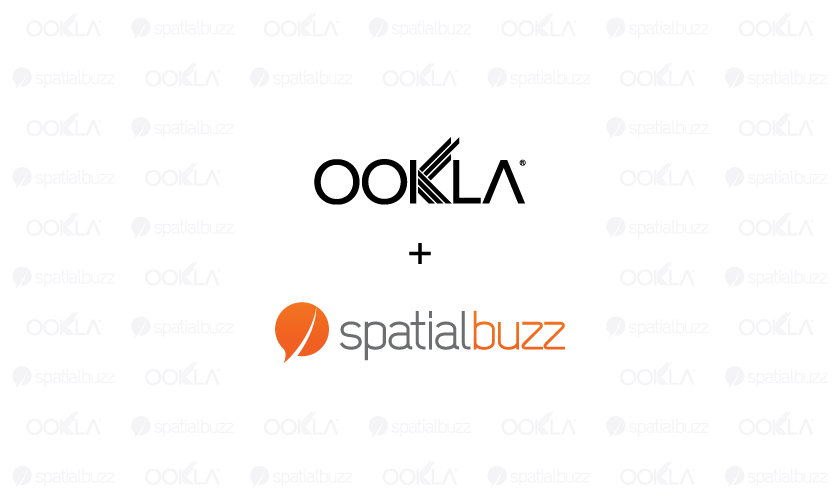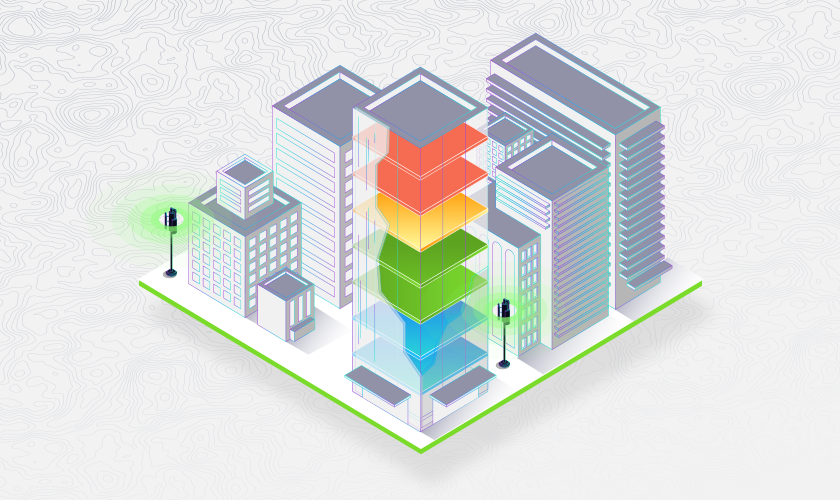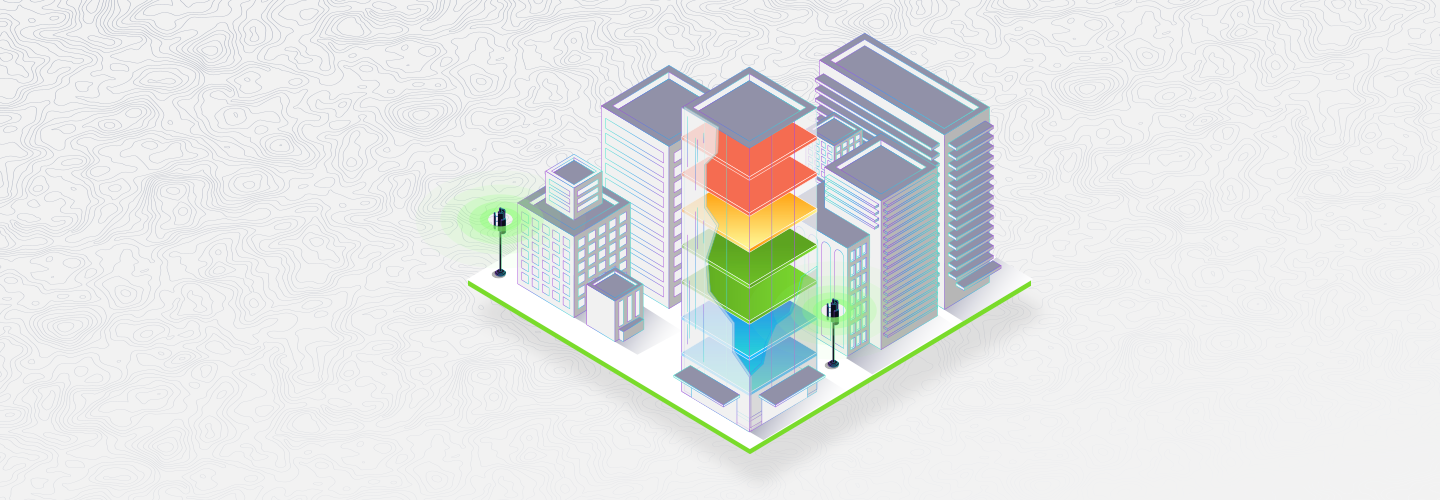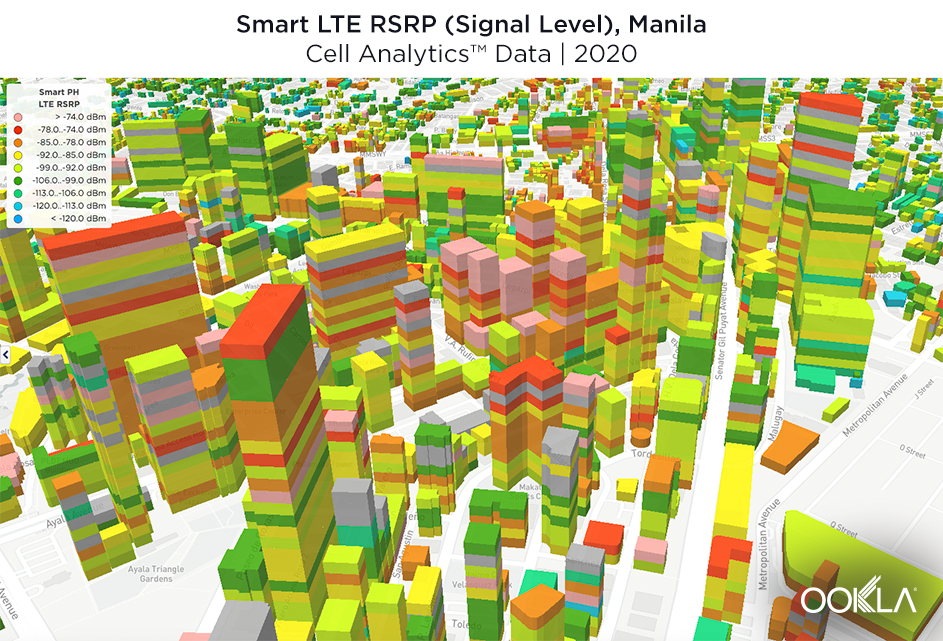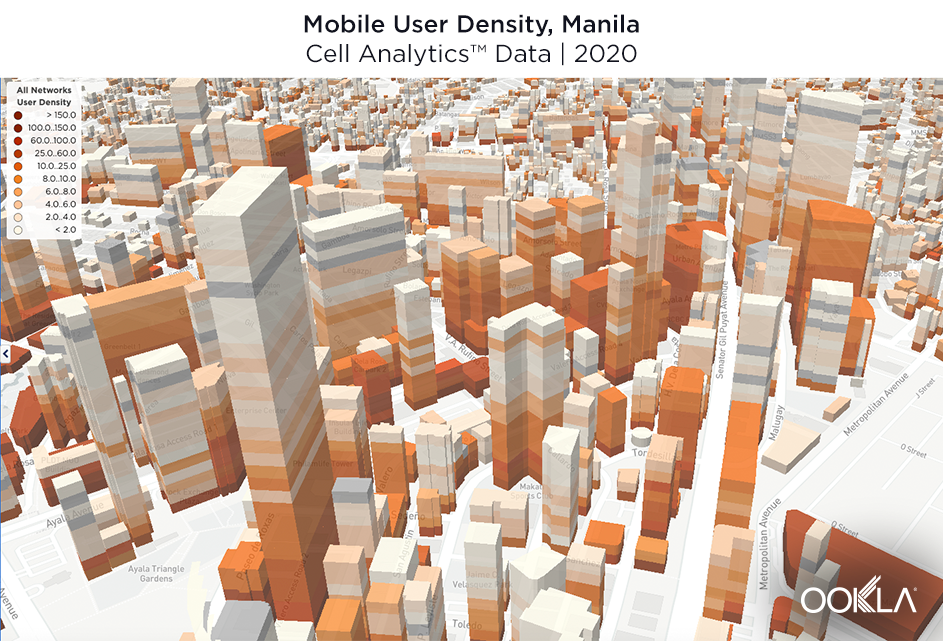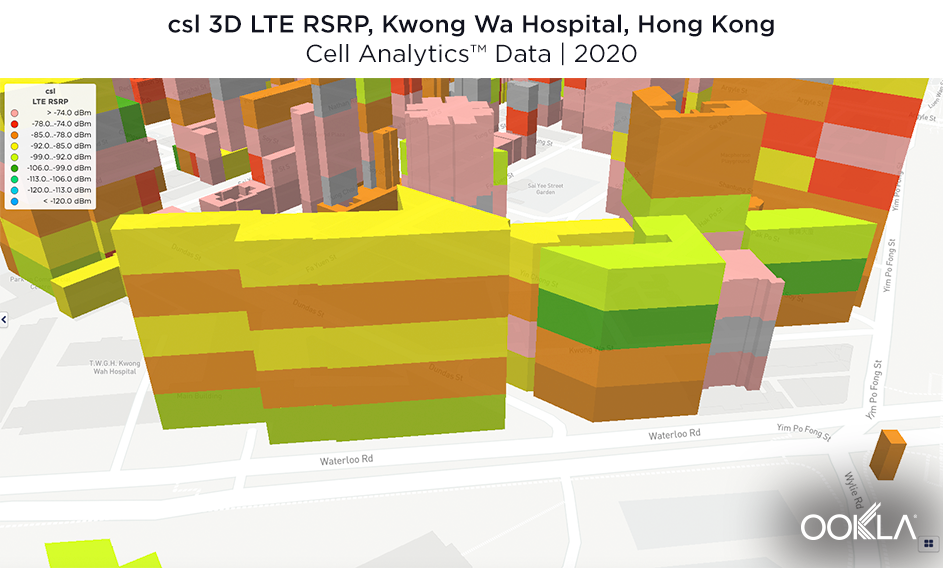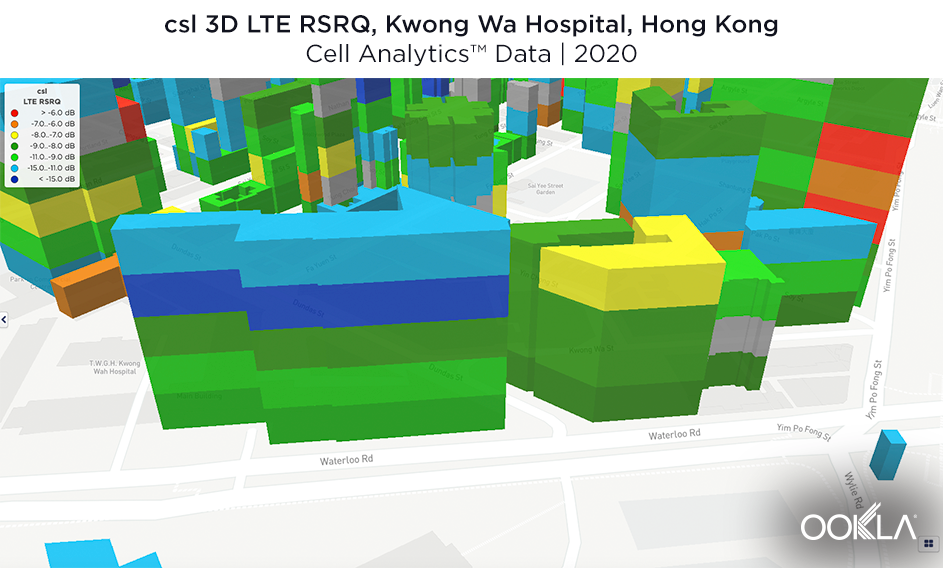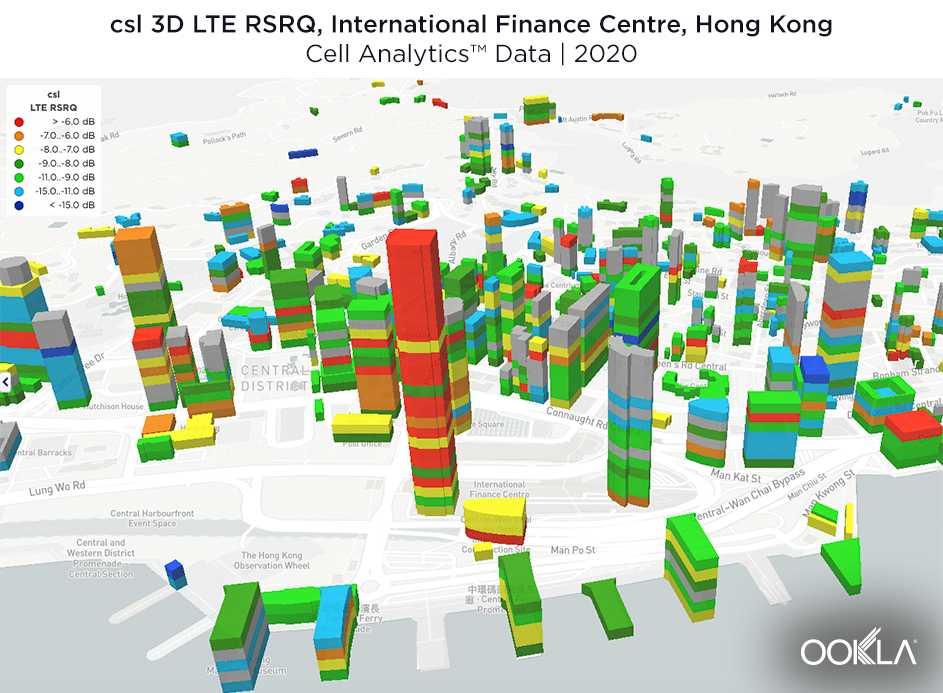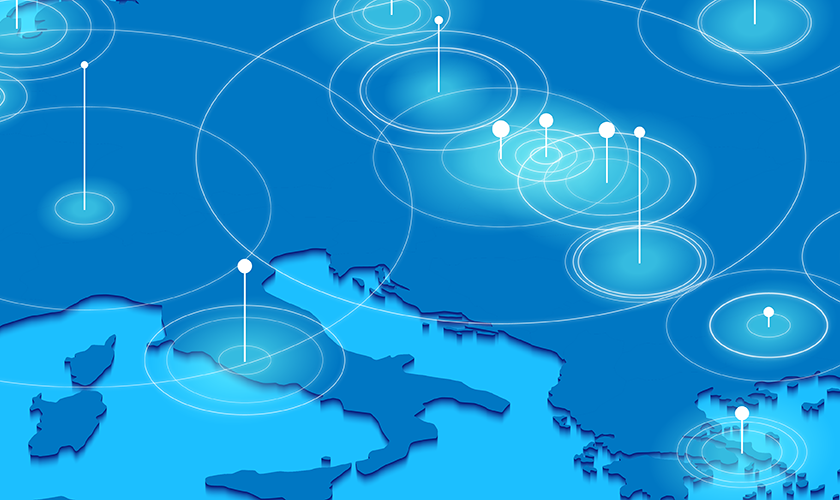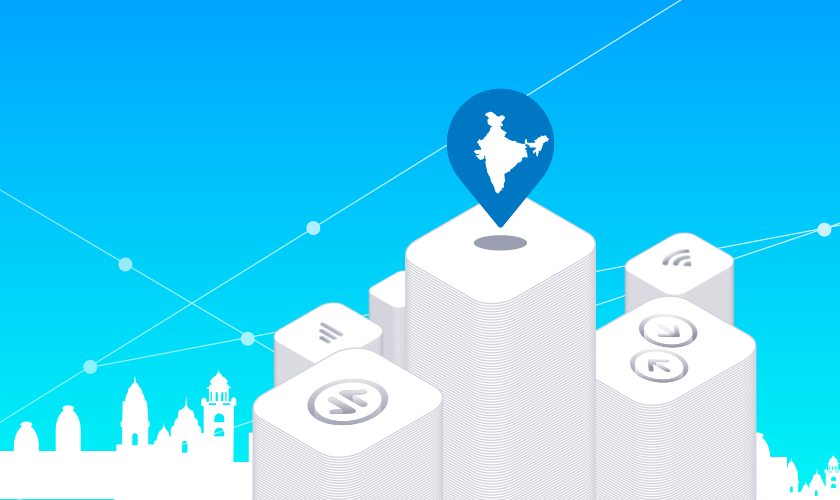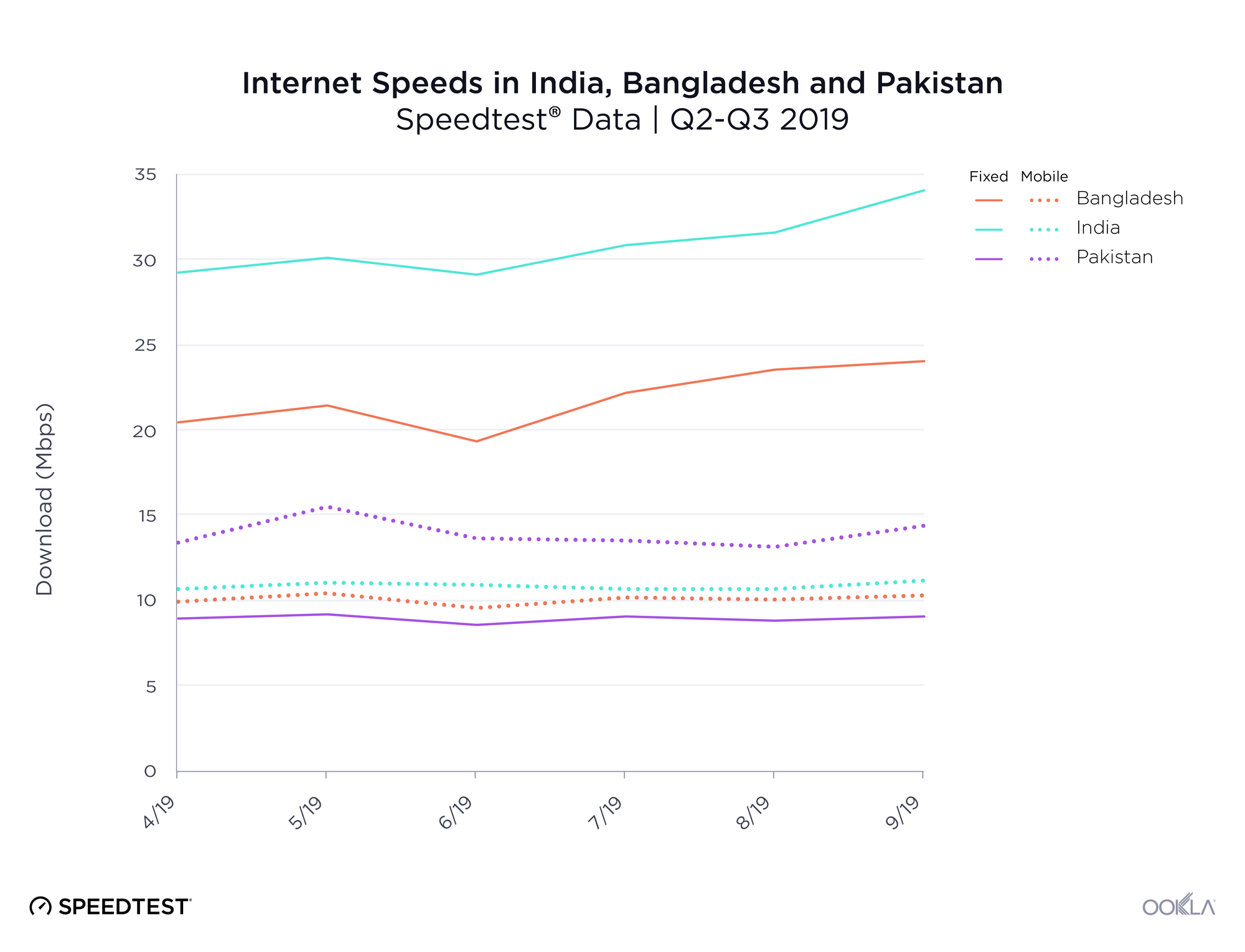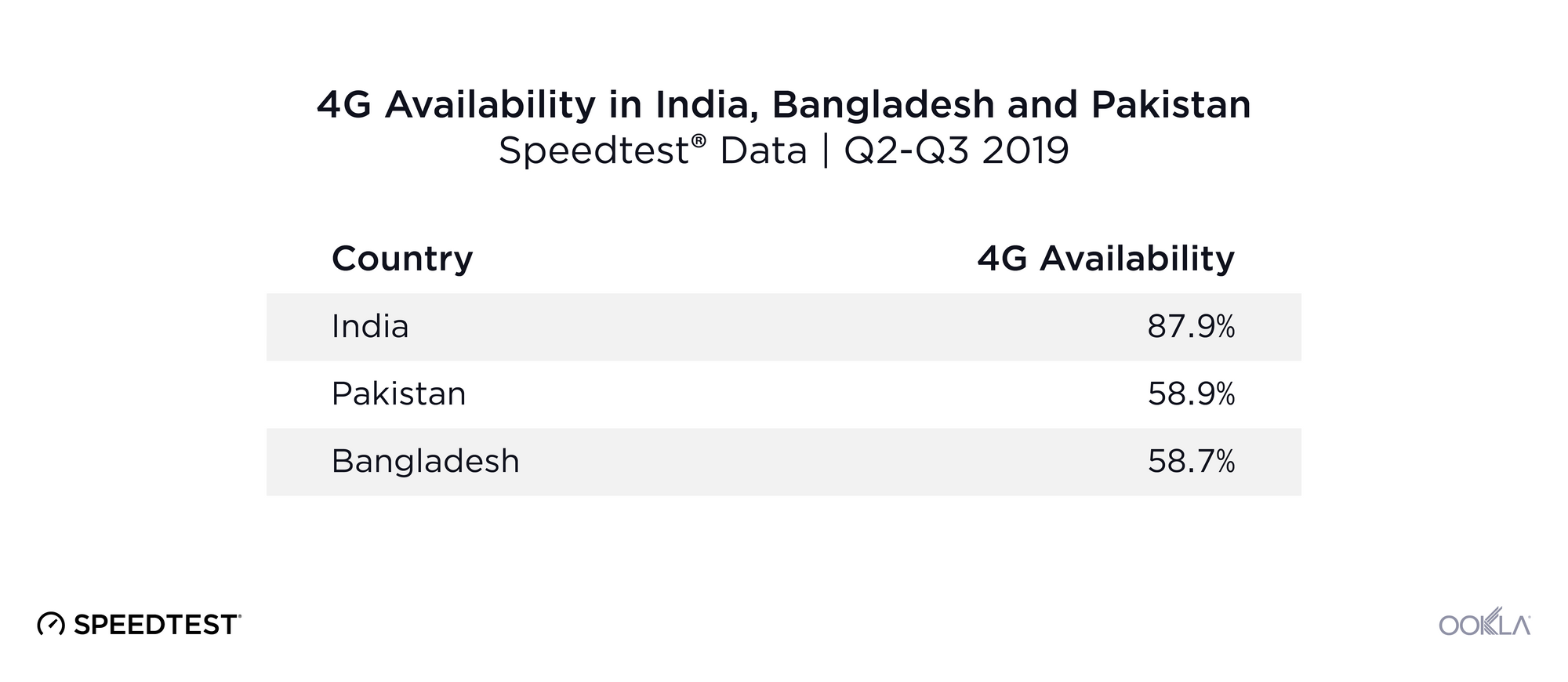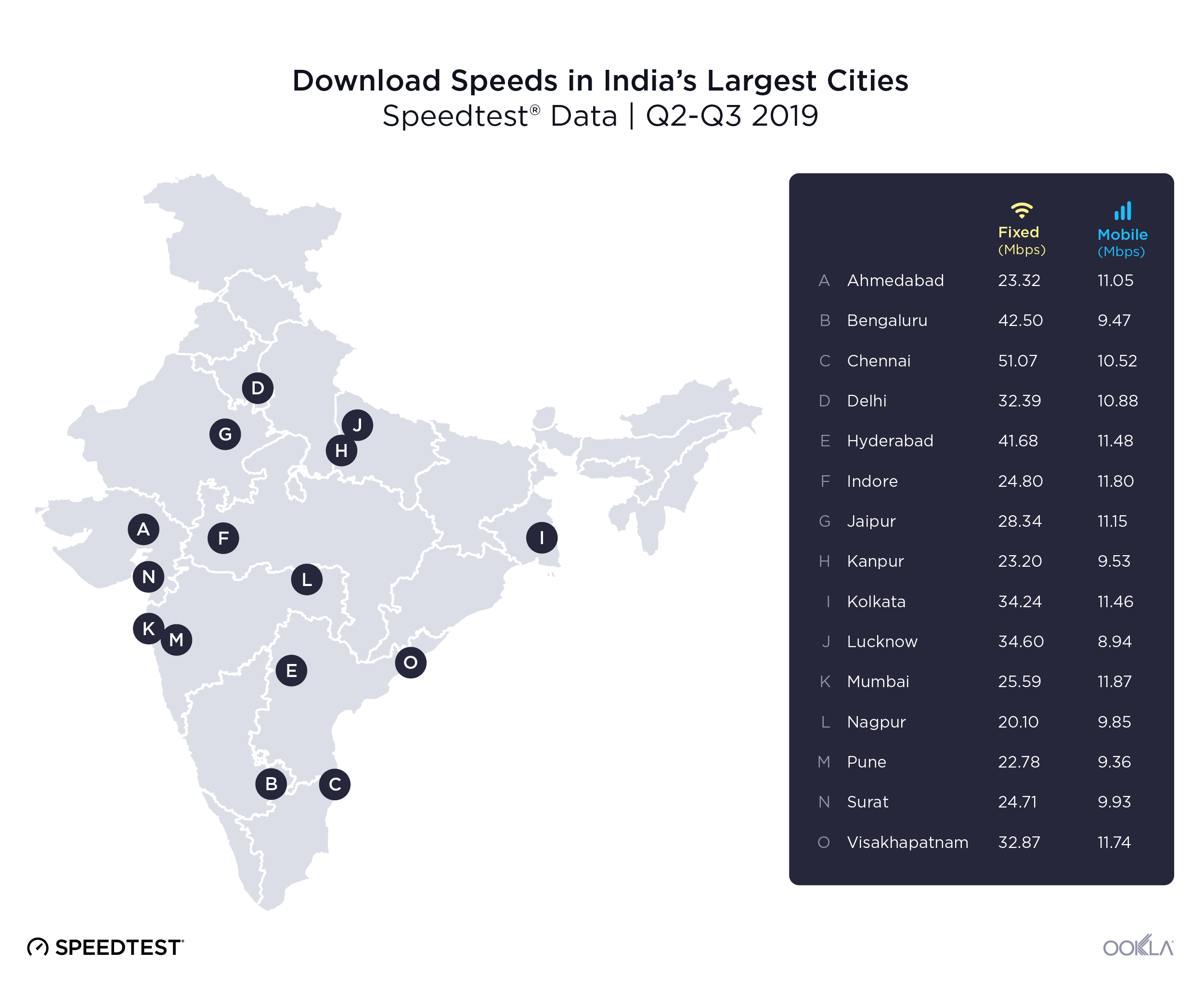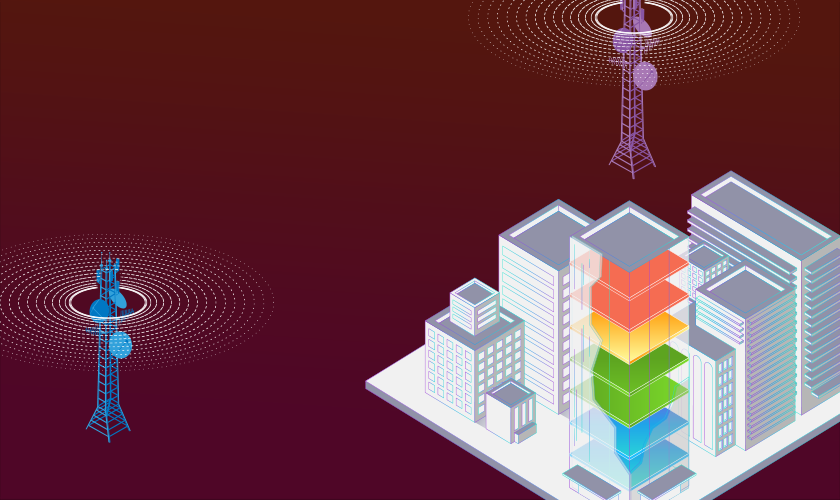
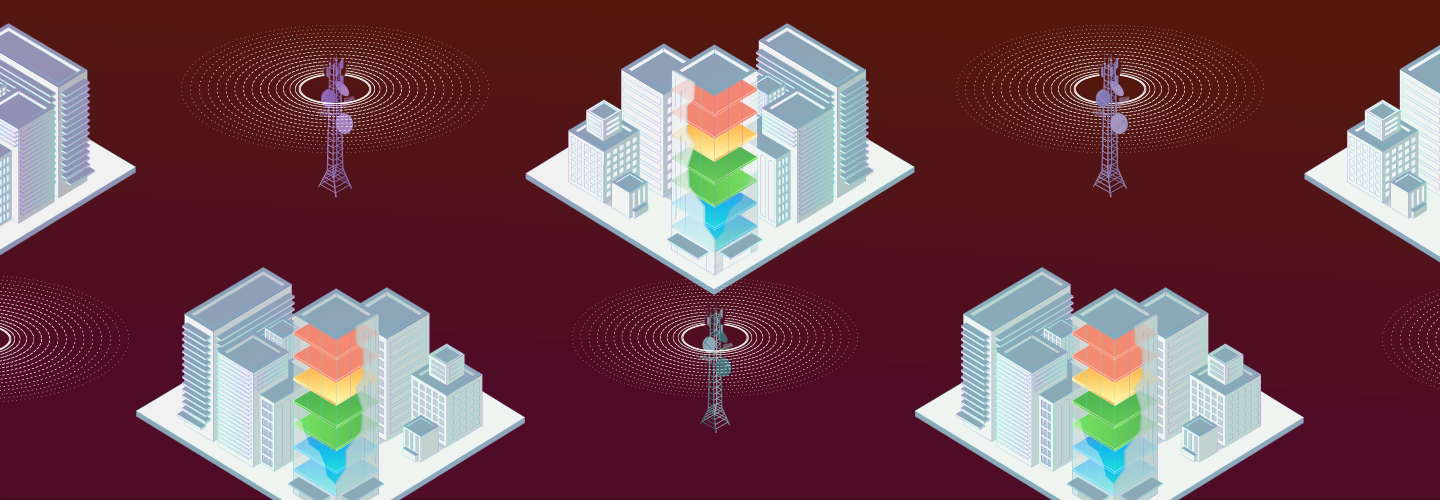
Leer en español / Ler em Português
Mobile network operators in most markets worldwide are competing for the loyalty of a finite number of customers — and the winner is usually the network with the best coverage and performance. Competitive network intelligence drawn from hundreds of millions of real-world network measurements can show operators where competitors’ networks are outpacing their own.
In the upcoming Ookla® webinar, offered in both Portuguese and Spanish, we share how mobile operators in Latin America can monitor and benchmark their competitors’ performance and also prioritize network optimization in the areas most important to their customers. Read on to learn how crowdsourced data from Cell AnalyticsTM can give you an unprecedented view into competitor networks — and don’t miss the webinar.

Wednesday, February 24 at 11 a.m. BRT

Thursday, February 25 at 9 a.m. CST (10 a.m. EST/PET/COT)
Track competitor launches, including new cell site deployments, frequencies and technologies
Cell Analytics gives operators an unprecedented view into competitor networks, including their cell site locations, most used frequencies and in-depth metrics about network performance, quality and coverage (including 5G). Using this information, you can prioritize your own new deployments and network improvements in areas where competitors have invested, as well as areas with a high density of users on all networks.
Assess network quality after reconfiguring a site or changing RAN vendors
When you reconfigure a cell site, change RAN providers, refarm old spectrum for new network technologies or make any other updates to your network, it’s important to measure the outcomes of these changes. Cell Analytics data can help you assess and compare the quality of your network (or competitors’ networks) before and after any changes are made.
Prioritize network optimizations based on user density and network congestion
In areas with high user density, not all operators are equipped to handle the demand of heavily traveled locations such as airports, large sporting venues, popular office parks and transit centers. Cell Analytics can help you identify locations — including tall buildings — where your competitors have better coverage and prioritize improvements based on network congestion and user density.
The webinar will show real-life use cases where operators in Latin America can use crowdsourced data can help prioritize network improvements. Don’t miss it. A recording will be provided for registrants who can’t tune in to the live presentation.
Cadastre-se para o webinar em Português
Regístrese para ver el seminario web en español
Los operadores de redes móviles en la mayor parte de los mercados del mundo compiten por la lealtad de un número finito de clientes —y el ganador suele ser la red con la mejor cobertura y el mejor rendimiento—. La inteligencia de redes competitivas obtenida de cientos de millones de mediciones de redes reales puede demostrar a los operadores en qué zonas las redes de la competencia superan a las suyas.
En el próximo seminario web de Ookla, disponible tanto en español como en portugués, le contamos cómo los operadores móviles en Latinoamérica pueden monitorear y comparar el rendimiento de sus competidores mientras priorizan la optimización de las redes que se encuentran en las zonas más importantes para sus clientes. Siga leyendo para saber cómo los datos de colaboración abierta obtenidos a través de Cell Analytics pueden brindarle una visualización sin precedentes de las redes de la competencia. Además, no se pierda nuestro seminario web.

Jueves 25 de febrero a las 9 a. m. CST (10 a. m. EST/PET/COT)
Rastree los lanzamientos de la competencia, incluidas las nuevas implementaciones de instalaciones celulares, frecuencias y tecnologías
Cell Analytics ofrece a los operadores una visualización sin precedentes de las redes de la competencia, incluidas las ubicaciones de sus instalaciones celulares y las frecuencias más usadas, así como métricas detalladas sobre el rendimiento, la calidad y la cobertura de la red (incluyendo las redes 5G). Con esta información, puede priorizar sus propias implementaciones nuevas y mejoras de red en zonas en las que ha invertido la competencia, así como en zonas con una alta densidad de usuarios en todas las redes.
Evalúe la calidad de la red luego de reconfigurar una instalación o cambiar de proveedor de RAN
Al reconfigurar una instalación celular, cambiar de proveedor de RAN, volver a agrupar el espectro antiguo para nuevas tecnologías de red o realizar cualquier otra actualización en su red, es importante que mida los resultados de estos cambios. Los datos de Cell Analytics pueden ayudarlo a evaluar y comparar la calidad de su red (o las redes de la competencia) antes y después de realizar cualquier cambio.
Priorice las optimizaciones de red en función de la densidad de usuarios y la congestión de las redes
En zonas con alta densidad de usuarios, no todos los operadores están equipados para manejar la demanda de ubicaciones muy transitadas, como aeropuertos, grandes centros deportivos, edificios de oficinas y centros de tránsito. Cell Analytics puede ayudarlo a identificar ubicaciones, incluyendo edificios altos, en las que sus competidores tienen una mejor cobertura y a priorizar las mejoras en función de la congestión de las redes y la densidad de usuarios.
En el seminario web le mostraremos casos de uso reales en los que operadores de Latinoamérica puede usar datos de colaboración abierta para priorizar mejoras en la red. No se lo pierda. Se proporcionará una grabación para aquellos inscritos que no puedan asistir a la presentación en vivo.
Regístrese para ver el seminario web en español
As operadoras de redes móveis na maioria dos mercados em todo o mundo estão competindo pela lealdade de um número finito de clientes — e, geralmente, o vencedor é aquele que oferece a melhor cobertura e o melhor desempenho. A inteligência competitiva de redes obtida a partir de centenas de milhões de medições de redes reais pode mostrar aos operadores os pontos em que as redes de concorrentes apresentam um desempenho melhor que as suas.
No webinar da Ookla que será realizado em breve e disponibilizado em Português e Espanhol, nós explicaremos como as operadoras móveis na América Latina podem monitorar e se destacar em relação ao desempenho da concorrência, além de como priorizar a otimização de redes nas áreas mais importantes para seus clientes. Continue lendo para saber como os dados obtidos a partir de crowdsourcing do Cell Analytics podem oferecer a você uma visão sem precedentes sobre as redes de concorrentes — e não perca o webinar.

Quarta-feira, 24 de fevereiro às 11:00 BRT
Identifique as expansões da concorrência, incluindo 5G, novas implementações de estações rádio base, novas frequências e tecnologias
O Cell Analytics oferece às operadoras uma visão sem precedentes em relação às redes dos concorrentes, incluindo a localização de suas estações rádio base, frequências mais utilizadas e métricas aprofundadas referentes ao desempenho, à qualidade e à cobertura de suas redes (incluindo 5G). Utilizando essas informações, você poderá priorizar suas expansôes e melhorias de rede em áreas onde os concorrentes tenham investido, bem como em áreas com uma alta densidade de usuários de todas as redes.
Analise a qualidade da rede após a reconfiguração de estações ou da troca de fornecedores de RAN
Ao reconfigurar uma estação rádio base, trocar de fornecedores RAN, substituir tecnologias de rede antigas por mais atuais ou realizar qualquer atualização em sua rede, é importante medir os resultados de tais mudanças. Os dados do Cell Analytics podem ajudar a analisar e comparar a qualidade de sua rede (ou da rede dos concorrentes) antes e depois da realização de quaisquer alterações.
Priorize otimizações de rede com base na densidade de usuários e congestionamentos de rede
Em áreas com alta densidade de usuários, nem todas as operadoras possuem as ferramentas necessárias para atender à demanda de locais com alto fluxo de pessoas, como aeroportos, instalações esportivas de grande porte, grandes parques comerciais e centros de trânsito. O Cell Analytics pode ajudar a identificar os locais — incluindo edifícios — em que seus concorrentes oferecem melhor cobertura, e priorizar as melhorias com base no congestionamento da rede e na densidade de usuários.
Este webinar apresentará casos reais em que as operadoras da América Latina podem utilizar dados obtidos através de crowdsourcing para ajudar a priorizar as melhorias na rede. Não perca! Uma gravação será fornecida aos cadastrados que não puderem assistir a apresentação ao vivo.
Cadastre-se para o webinar em Português
